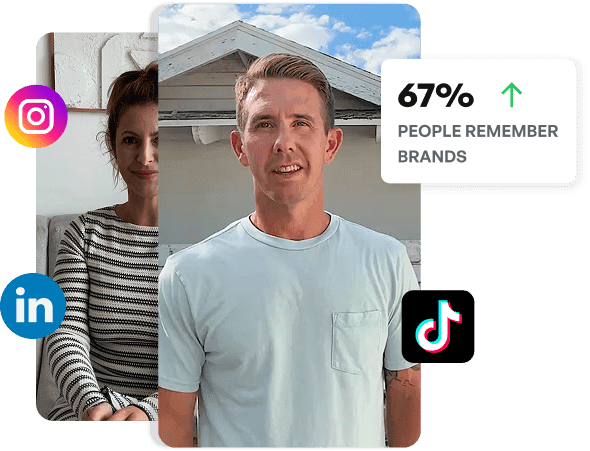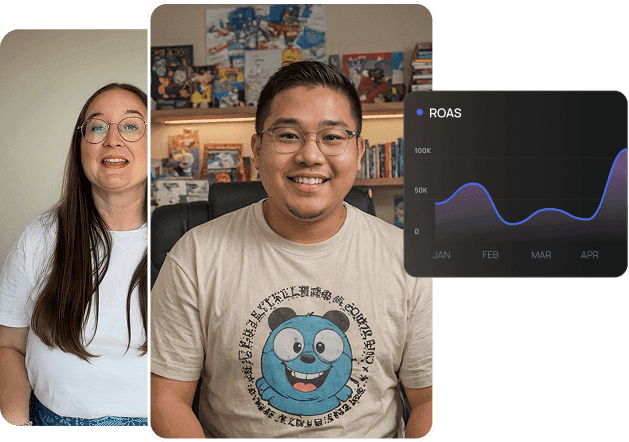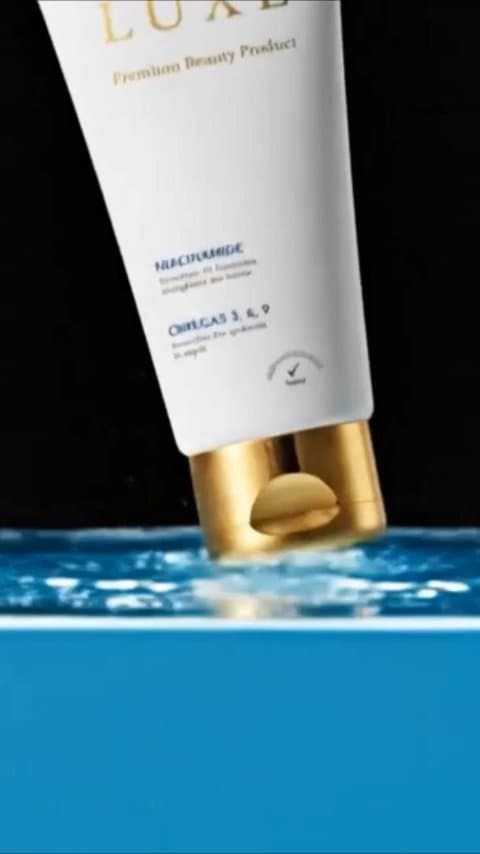Create AI videos for your
Make AI UGC Ads in Minutes
Generate high-quality UGC AI ads that mimic real user, speak your script, and sell your products like real influencers. Easily launch on Meta, TikTok, or YouTube - no creators, no delays, just AI generated UGC.
Trusted by top brands and teams creating high-converting UGC ads
The AI UGC Video Maker built for Instant Performance
Create UGC videos instantly with AI avatars who showcase your product like real customers. URL to video, AI video ads, product demos, style UGC ads, and more. Generate ready-to-use AI UGC videos that feel real.
URL to Video
Life like AI Avatars
Create a Digital Twin of Yourself
AI Video Ads
Voice Clone
AI-Product Videos
Script to Video AI
Create AI UGC Video Ads in 3 Simple Steps
Generate UGC AI videos for ads, socials, affiliate marketing, e-commerce, and more.
AI UGC Generator for Modern Teams

High-Converting AI UGC for Ads
- Performance Marketer
- Brand Manager
- Marketing Agency Owner
- Growth Marketer

AI UGC for Social Media
- Social Media Manager
- Content Creator
- Community Manager
- Startup Founder

Boost Product Sales with AI UGC
- Ecommerce Manager
- Brand Owner
- Content Strategist
- Dropshipper

Simplify Complex Products with Human-Style Videos
- Product Marketing Manager
- SaaS Founder
- Customer Success Manager
- Sales Executive
All the AI-Powered Features You Need
From script generation to voiceovers, editing, and AI UGC video ads, create, customise, and launch UGC videos instantly.

100+ AI Avatars
AI Product Shots

30+ Languages

Add Gestures & Emotions

Built-in Video Editor

Auto Captions
The Only Creative AI UGC Generator You Need
Tagshop AI vs Other UGC Generators
- Real-looking product videos that feel creator-made
- Avatar product demo that looks natural (wear/hold/eat/pour/apply)
- Expressive avatars with perfect lip-sync, accent & micro-nuances
- AI voice cloning (tone, accent, emotion)
- Multi-lingual videos, instantly
- Paste product link → instant draft
- One-click ad variations (many versions fast)
- Multiple models routed for best realism
- Sora-2 integration, Google VEO 3 integration
- AI UGC from under $5/video*
Other
- Often looks synthetic or “avatar-y”
- Limited/uncanny product handling
- Basic lip-sync; flat accents/expressions
- Frontier models rarely supported
- Stock voices; little emotion control
- Manual re-edits for languages
- Start from scratch—slow setup
- Few variants; mostly manual work
- Single-model quality limits
- Costs rise quickly as you scale
Brands are Switching to AI UGC Ads
FAQs About the AI UGC
Know all about Tagshop with these frequently asked questions here.

Start Creating AI UGC Ads with Tagshop AI
Join thousands of brands creating high-converting AI UGC video ads at scale.












































